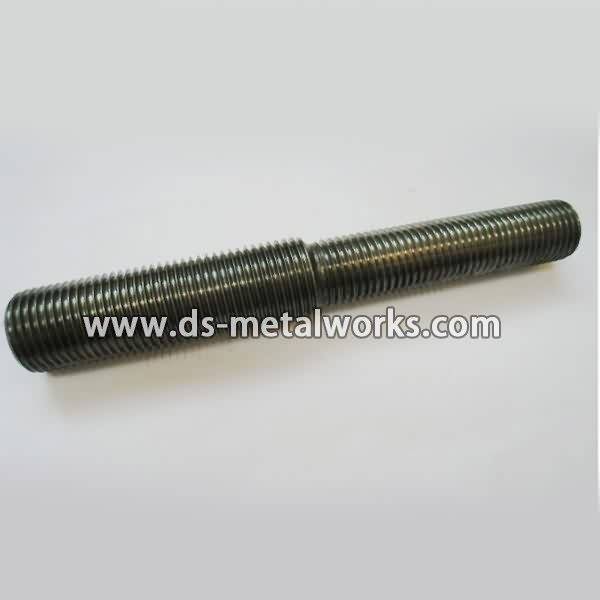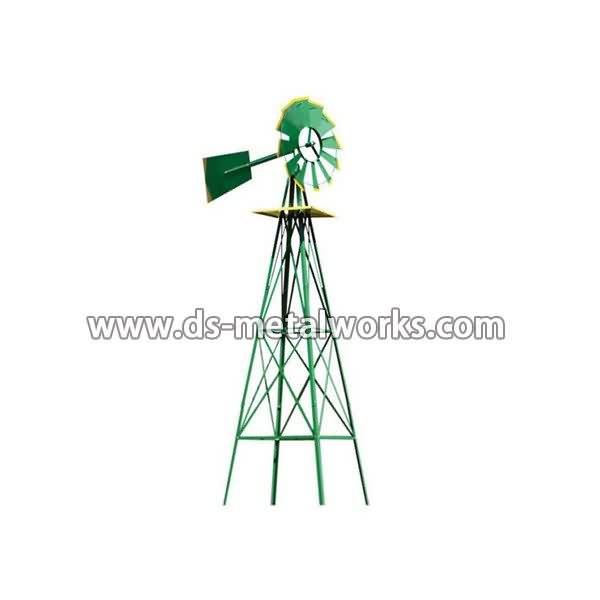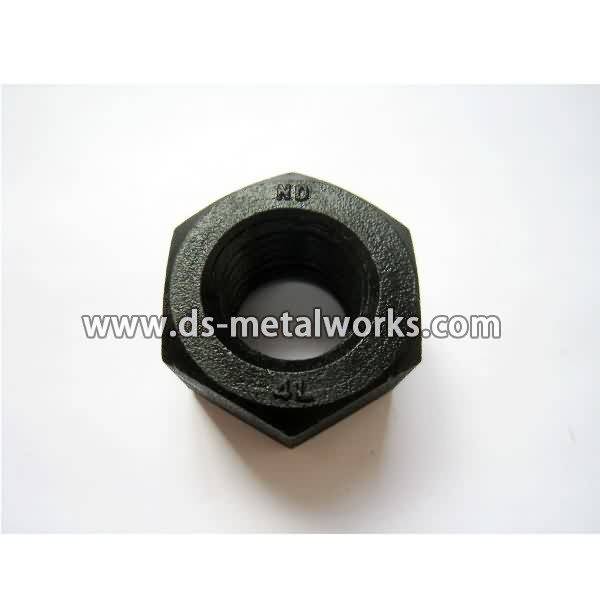Professional High Quality ASTM A320 L7 Combination Studs Combo Studs Supply to Indonesia

Short Description:
ASTM A320/A320M L7 Combination Studs Standard: According to drawing Inch Size: 1/4”-2.1/2” with various lengths Metric Size: M6-M64 with various lengths Other Available Grade: ASTM A193/A193M B7, B7M, B16 B8 Class 1 & 2, B8M Class 1 & 2, ASTM A320/A320M L7, L7M, L43, B8 Class 1 & 2, B8M Class 1 & 2, and so on. Finish: Plain, Black Oxide, Zinc Plated, Zinc Nickel Plated, Cadmium Plated, PTFE etc. Packing: Bulk about 25 kgs each carton, 36 cartons each pallet Advantage: High Qua...
Product Detail
Product Tags
Professional High Quality ASTM A320 L7 Combination Studs Combo Studs Supply to Indonesia Detail:
ASTM A320/A320M L7 Combination Studs
Standard: According to drawing
Inch Size: 1/4”-2.1/2” with various lengths
Metric Size: M6-M64 with various lengths
Other Available Grade:
ASTM A193/A193M B7, B7M, B16 B8 Class 1 & 2, B8M Class 1 & 2,
ASTM A320/A320M L7, L7M, L43, B8 Class 1 & 2, B8M Class 1 & 2, and so on.
Finish: Plain, Black Oxide, Zinc Plated, Zinc Nickel Plated, Cadmium Plated, PTFE etc.
Packing: Bulk about 25 kgs each carton, 36 cartons each pallet
Advantage: High Quality and Strict Quality Control, Competitive Price,Timely Delivery; Technical Support, Supply Test Reports
Please feel free to contact us for more details.
Product detail pictures:


We constantly think and practice corresponding to the change of circumstance, and grow up. We aim at the achievement of a richer mind and body along with the living for Professional High Quality ASTM A320 L7 Combination Studs Combo Studs Supply to Indonesia, The product will supply to all over the world, such as: Denver, India, Indonesia, Based on experienced engineers, all orders for drawing-based or sample-based processing are welcomed. We have won a good reputation for outstanding customer service among our overseas customers. We will continue to try the best to offer you good quality products and the best service. We are looking forward to serving you.
How your mains water stopcock or valve works. How to fix leaks or undo if they are seized. We also cover how to replace the washer and re-seat the valve.
SUBSCRIBE HERE: https://www.youtube.com/user/plumberparts
***VISIT OUR SPONSORS***
https://www.traderadiators.com | https://www.grahamplumbersmerchant.co.uk | https://www.buteline.com/uk | https://www.adey.com
SEE OUR CARDS AND ANNOTATIONS TO FOLLOW ON TWITTER, FACEBOOK AND GOOGLE PLUS!
This video covers the world of mains water stopcocks or valves. We tell you where to find them, how to turn them off, what to do if they don’t seal, if they leak and how to fix any problems. I hope this helps! PP!
***WEBSITE***
https://www.plumberparts.co.uk
Plumberparts.co.uk. Honest reviews and advice.
Hold tight and welcome to today’s plumberparts.co.uk video. Today we’re gonna be having a quick look at this world. The world of stop cocks. It’s not gonna be a very long video. But we’ve been requested by someone who said earlier on that their stop cock, when they turned it off, basically wouldn’t turn off the water. So it’s very very similar to a tap washer change. But also what we’re gonna do is look at, sometimes the leak that you get on a stop cock, the gland leak you get. And also the importance of actually working these every so often. So I hope this video is gonna give you a little bit more insight into how stop cocks work, what you should do to them periodically to make sure that they still work and if they do fail, how easy they are to fix. But before we begin, if you haven’t subscribed, please click on the subscribe button that you can see flashing up in the corner now and let’s get on with the video. See you in a sec. So without further adieu, let’s go into the world of the stop cock. Hold tight.
Now the first thing you want to have a look at is that these have an arrow on them to denote which way the water must come through. So your mains water coming from the road or wherever it is, will go into this hole here and come out at that hole there. So always take not of that arrow. Secondly if we have a look inside here, we’ll just pop it down in the vice so you can get a really really good look. You can see what happens when I twist this knob inside and out. So you should be able to see here as I twist this inside and out, can you see that just inside here you can see that jumper up and down.
So what we’re gonna do is gonna open this up in a sec and you’ll be able to see exactly how this creates a water tight seal and shuts off your water. All the things you said, All the things you said, running through my head, running through my head, running through my head. So when you work on one of these to see what you need to do, there really really easy. Make sure for a start that it’s undone but not fully. So we just undone like so. And the you can get a nice adjustable on here. Often obviously you’re not gonna have one of these in a vice, you’d have a pair of grips holding the body. This bit can be really really tight. And it’s the first part of any of the problems that you might have in a minute. So we’re just gonna give that a good old pull.
So first thing we’ve got our fibre washer here. Now what this does, this sits on this collar here and creates a water tight seal when you tighten this thread up on to there. Now that’s the first place that some of these can actually leak. The thing you want to do is, often is you’ll find that the fibre washer’s even fallen apart and you might need to get a replacement. Often what people will do though, is they’ll wrap a load of PTFE around here and then pop that back in. The problem about that is it doesn’t quite lock the fitting like a fibre washer would. So if it’s actually being worked inside and out, this bit can actually come untwisted and actually come out of the valve and create even more of a problem. A lot of the time also people can put rubber washers on there and bits of PTFE. But I’d always recommend trying to replace this fibre washer. This bit here is super important. This is a rubber washer.
Now when one of you guys messaged us in and said to us, my stop cock, when I turn it off, water seep keeps coming out. The first problem that you’re gonna probably find is that this rubber washer has basically fallen apart completely and isn’t very happy anymore and is basically letting water through. And it isn’t creating a water tight seal on to the metal bit that you saw a minute ago. But if we look at it from above, it looks a little bit like this. So if you look closely you’ll see that our rubber washer presses down on this little flat of metal here and if that’s got any nicks in it as well, then you need to use a tap re-seating tool to grind out that brass and make that nice and flat again. We did a video about how to reseat taps about five years ago when I was probably about two stone heavier. And yeah had more hair. So I’ll leave a link to that in the description below and you’ll be able to see how that works there.
There are various methods of how to set deck posts and footings which typically consists of digging below the frost line and setting posts on concrete. For these steps you will need an earth auger, post hole digger and spud bar, shovel, tape measurer, utility knife, landscape fabric, gravel, concrete, wheelbarrow, mortar hoe, a water source, deck posts and a post level.
To dig posts holes either use a shovel, a post hole digger and spud bar or an auger. An auger will make this task a lot easier, but it does require some strength. Use a shovel to get rid of the excess dirt. Once you have reached the depth required by code move onto the next hole. Lay out the landscape fabric. Cut the areas for the holes, and you’re ready to set the posts.
Make sure your posts are long enough to reach the proper height once they are set in the ground. Mix your concrete and scoop it into the hole. Use a small post to mix the concrete, eliminating air pockets to ensure it’s level. When the concrete is set, place the post in the footing and make sure it is level and against the marked line. Fill the hole with gravel. Once all the posts are filled, spread the gravel out on the fabric. Let the concrete dry for several days to ensure that the footings are strong.
Attach the beams that will support the decking. You will need beams, a square, chalk line and line level, circular saw, drill with bits, a 2′x4′, a 3lb hammer, carriage bolts, washers and nuts, socket wrench and sockets, screws or nails, clamps and a reciprocating saw. Use carriage bolts to secure the beams to the posts. Next use the line you drew against the house in the previous video to mark a chalk line against your posts. Use a level to make sure the lines are even. Do this to all posts. Next measure down the width of the beam to make a mark where you will attach cleats. Use a 2′x4′ where you will set the posts, and attach with nails or screws. Cut your beams to length. Make sure that the crown side is up as you attach the beams to the posts. Clamp the beams if you need to, drill the bolt holes, hammer in the bolts and tighten. Now cut the posts to length. With the foundation set, we are now ready to start framing.
Watch part 4 of Lowe’s How to Build a Deck series here: https://www.youtube.com/watch?v=MPOLcSDYJIU
Subscribe to Lowe’s YouTube for great how to videos and home improvement tips: https://www.youtube.com/subscription_center?add_user=lowes
Or head to our channel: https://www.youtube.com/Lowes






